This Baltic nation is a green paradise hiding in plain sight.

In an era when many of Europe’s most famous natural landscapes are being overwhelmed by tourism, the small Baltic nation of Lithuania has quietly emerged as a star of sustainable, eco-focused travel. This is a country of ancient, primeval forests, thousands of crystal-clear lakes, and a stunningly unique coastline. It is a place where nature is not just a backdrop, but the heart of the national identity.
For the traveler seeking a peaceful, green, and genuinely off-the-beaten-path European experience, Lithuania is a revelation.
1. The Curonian Spit is a unique natural wonder.

This narrow, 60-mile-long sand dune peninsula that separates the Curonian Lagoon from the Baltic Sea is a UNESCO World Heritage site and one of the most beautiful and unique landscapes in all of Europe. The spit is a fragile and protected national park, a stunning landscape of massive, shifting sand dunes, tranquil pine forests, and traditional, brightly colored fishing villages,, as shared in Estravel.
You can spend your days hiking through the dunes, biking on the paved forest paths, and watching for the incredible variety of migratory birds that use the spit as a resting point. It is a place of serene and otherworldly beauty.
2. A huge portion of the country is protected forest.
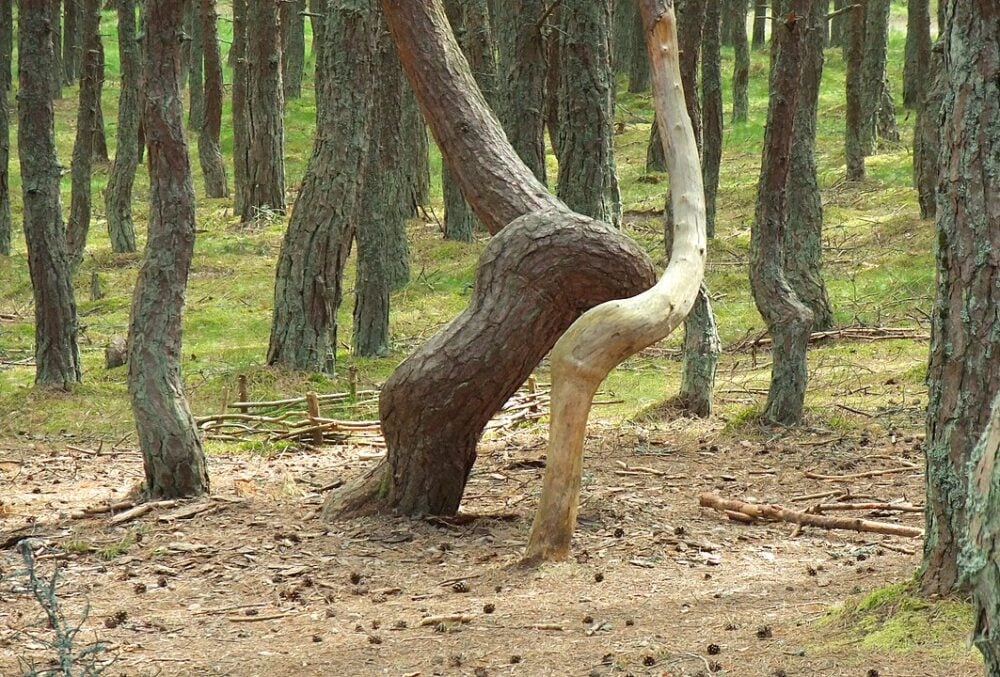
Lithuania is one of the greenest countries in Europe, with vast forests covering about a third of its territory. The country has a robust system of national and regional parks that protect these incredible natural assets. The oldest of these is Aukštaitija National Park, a beautiful, sprawling landscape of ancient pine forests and over 120 pristine lakes, according to Wolters World.
These parks offer an incredible network of hiking and biking trails, as well as opportunities for kayaking and canoeing. It is a paradise for any traveler who wants to immerse themselves in the peace and quiet of a truly wild and ancient forest.
3. It is a world-class destination for birdwatching.
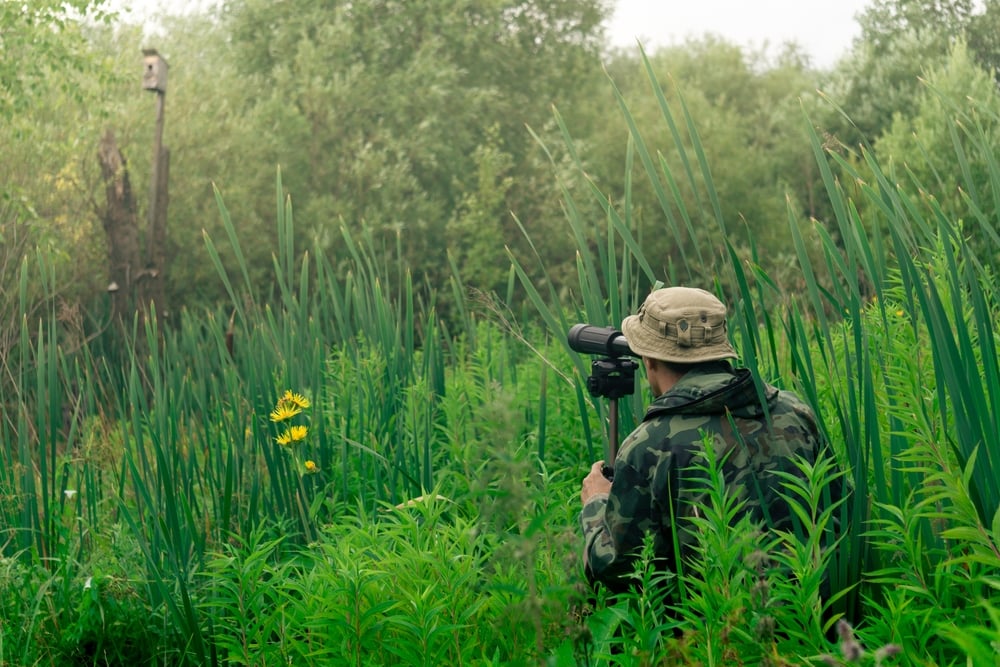
Due to its unique location and its wealth of pristine wetlands, Lithuania is a major stop on the East Atlantic Flyway, a superhighway for migratory birds. This makes it a fantastic destination for birdwatchers, especially in the spring and autumn, Lonely Planet reports. The Nemunas River Delta is a particularly important site, a vast wetland that is a haven for thousands of waterfowl.
The most famous spot is the Ventė Cape Ornithological Station, one of the first bird-banding stations in Europe. You can see the massive “funnel” nets that are used to safely catch and band the birds, a fascinating experience.
4. It has a thriving and authentic farm-to-table food scene.
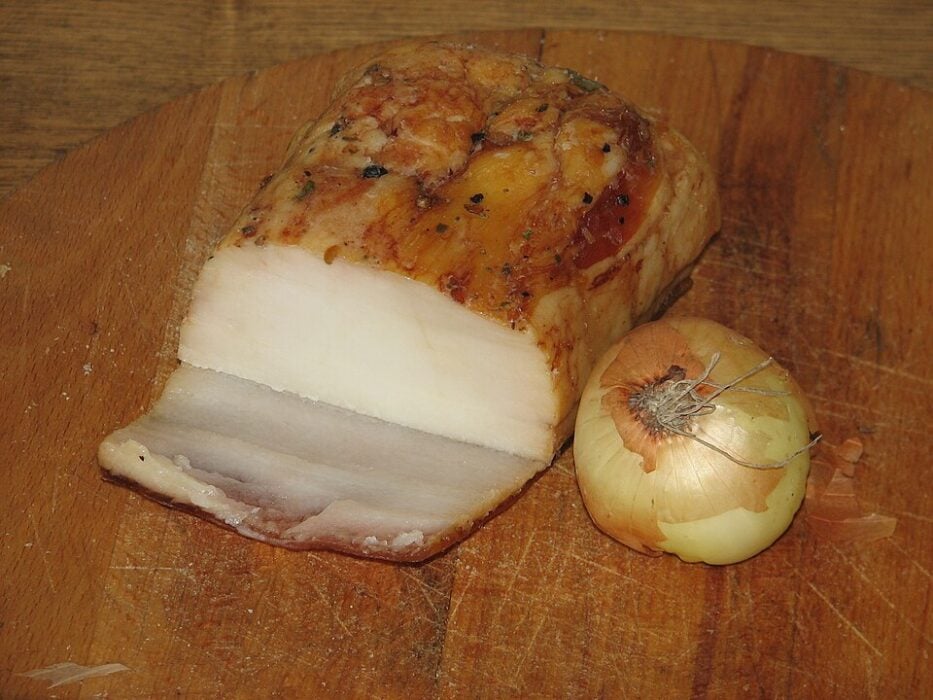
The Lithuanian culinary scene is deeply connected to the country’s natural bounty. There is a strong and growing movement focused on organic farming, foraging for wild mushrooms and berries, and using fresh, seasonal, and locally sourced ingredients. This has created a vibrant and authentic farm-to-table dining experience, even in the capital city of Vilnius.
The country’s traditional cuisine is hearty, delicious, and based on the simple products of the land, from potatoes and beets to pork and dark rye bread. It is a perfect destination for a foodie who appreciates an honest and unpretentious approach to cooking.
5. You can swim in thousands of pristine lakes and rivers.
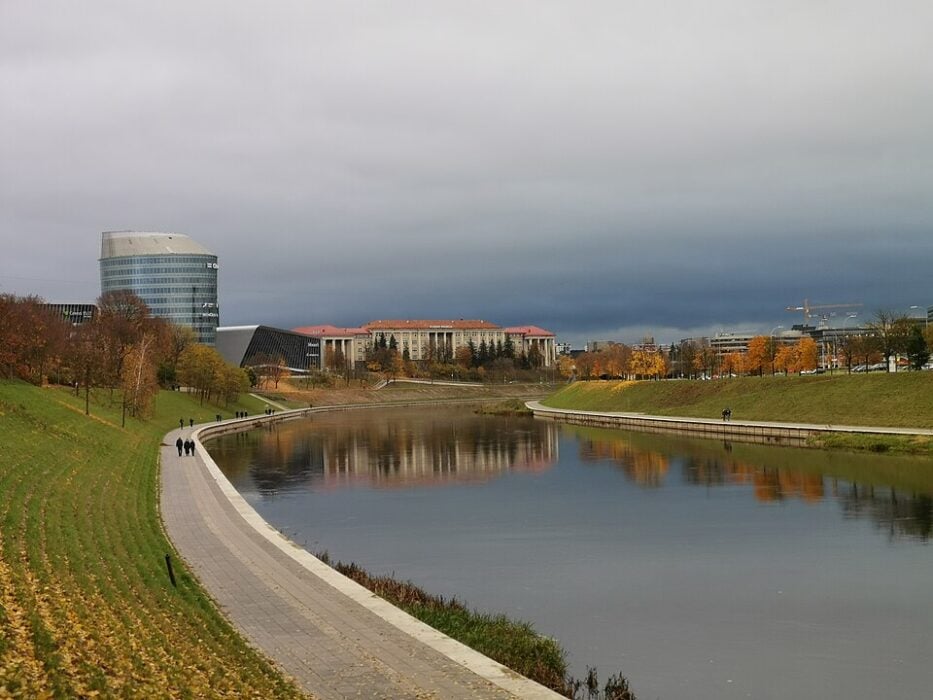
Lithuania is a land of abundant fresh water. The country is dotted with over 3,000 crystal-clear lakes and a web of gentle, winding rivers that are perfect for outdoor recreation. Kayaking and canoeing are incredibly popular national pastimes, and there are endless routes to explore, from multi-day river trips to a simple paddle on a beautiful lake.
In the summer, “wild swimming” in the country’s clean and refreshing lakes is a common activity. It is a place where a deep connection to the water is a fundamental part of the culture and the landscape.
6. It has a real commitment to sustainable tourism.
/

Lithuania has been very intentional about developing its tourism industry in a way that is sustainable and that protects its natural treasures. The country has a growing network of eco-friendly guesthouses and rural farm stays that allow visitors to have a low-impact and authentic experience. The national parks are well-managed, with a focus on conservation and education.
The country is investing in eco-tourism infrastructure, like new bike paths and hiking trails, that encourage a slower, more mindful way of exploring the landscape. It’s a destination where you can feel good about your impact as a traveler.
7. The capital city of Vilnius is incredibly green.
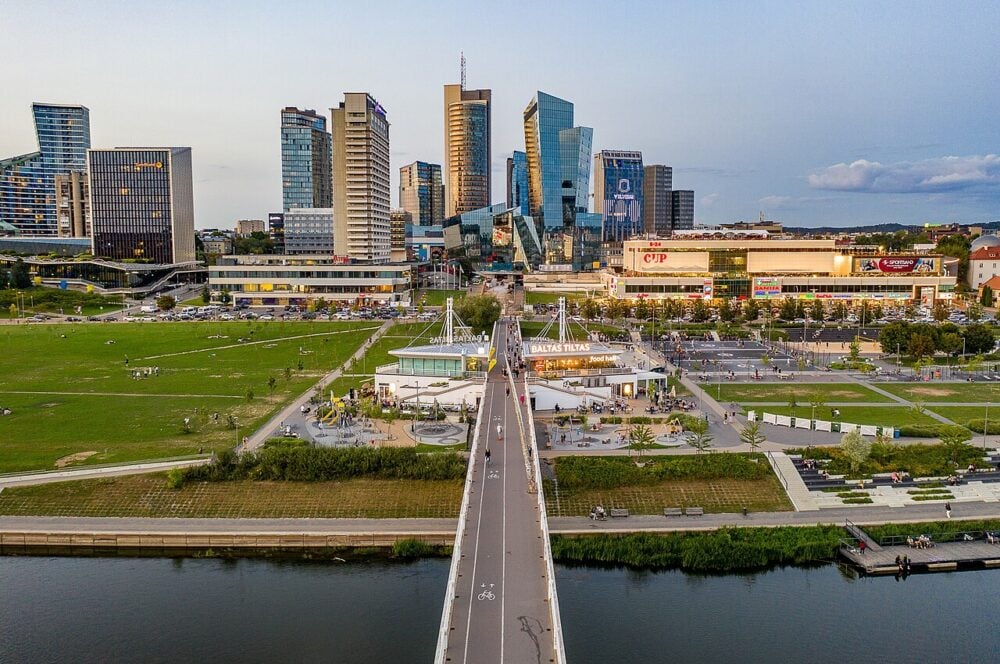
Even the country’s largest city and capital, Vilnius, is a remarkably green and nature-filled place. The city is surrounded by lush forests and regional parks, and the Vilnia River winds its way right through the heart of the city’s beautiful, UNESCO-listed Old Town. The city is filled with beautiful parks and green spaces, giving it a very relaxed and livable feel.
It’s a city where you can be exploring a beautiful baroque church one minute and then hiking on a forest path with a view of the city the next. It is a perfect blend of world-class culture and immediate access to nature.
8. It’s a chance to see a less-traveled corner of Europe.
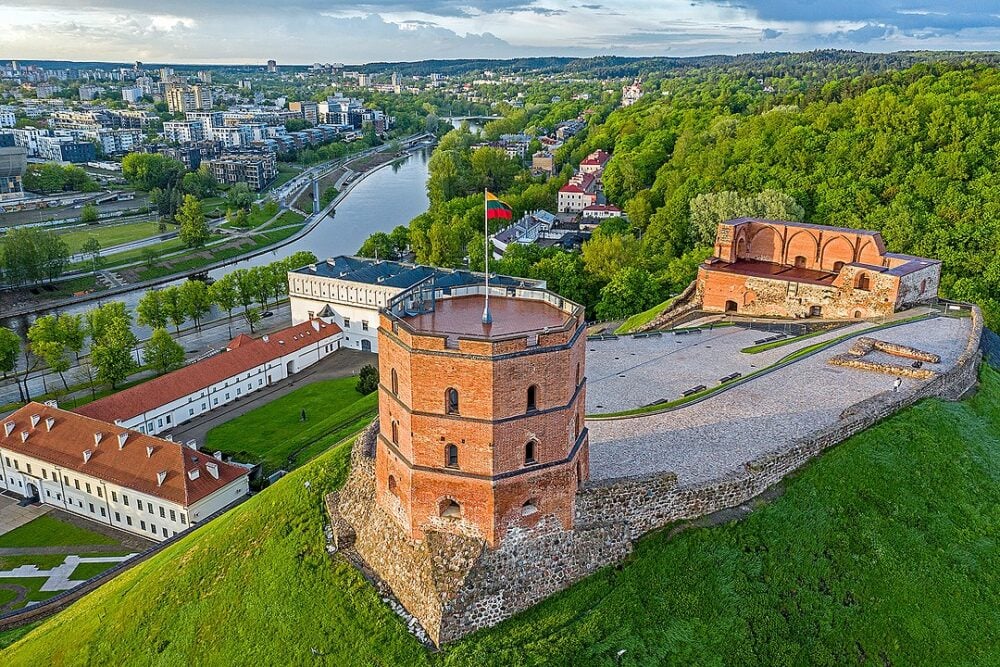
One of the best things about a trip to Lithuania is the simple fact that it is not yet on every tourist’s radar. While it is becoming more popular, it is still a relatively hidden gem, a place where you can have a truly authentic European experience without the overwhelming crowds and the inflated prices of more famous destinations.
A trip here feels like a real discovery. It’s a chance to explore a beautiful and fascinating country that is proud of its unique culture and its stunning natural heritage, a perfect choice for the curious and independent traveler.
